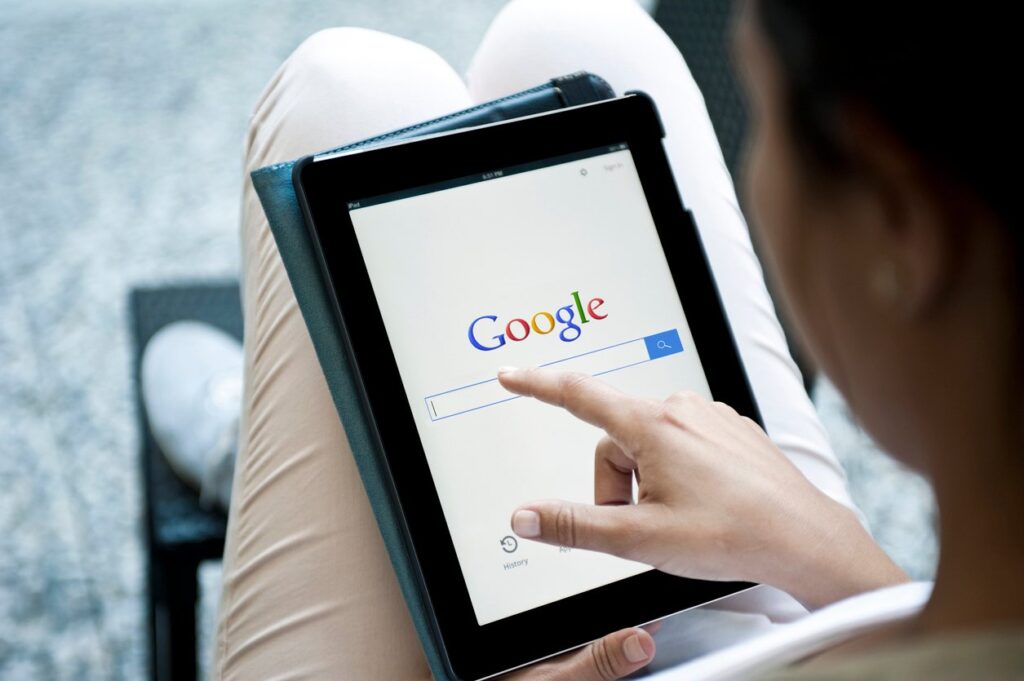
Here are a few to watch:
1. COVID-19 is still in force
Marketers do not expect major changes in digital advertising this year as the world races to develop a coronavirus vaccine. Advertisers will continue to tighten their belts and wait. For Agility Solutions, millennials are hardest hit by economic constraints. So they’re staying home, stocking up on supplies, and taking public transportation rather than wasting money on gas. As a result, you must adapt your marketing strategy to their new online buying habits. Similarly, COVID influences men’s buying habits more than women’s. For example, men are less likely than women to shop in brick-and-mortar stores.
2. Lockdowns formed new habits
In addition, COVID changed consumer perceptions of the world by revealing that nothing is permanent. But consumers have formed new habits as a result of the new normal, which will likely last post-COVID. As previously stated, those who were wary of online shopping have now embraced it. Their initial fears had been unfounded. Consumer demand is increasing pressure on businesses to improve their systems. People want better communication, especially when it comes to shipping and delivery.
3. More automation
Marketers must accept that automation is here to stay. Rather than resisting, they should learn more about automation. Not that you should abandon your manual PPC strategy, but expect to hand over more control to the platforms. Track where automation has taken control and decide whether to adapt or move forward. Human intelligence will not become obsolete. This is especially true when the machine gives contradictory feedback. When at a fork in the road, be quick to deviate or move forward.
4. The evolution of voice search
Over half of the population in China and India uses voice search. Teenagers (55%) use voice search more than adults (44 percent). You must review your existing blueprint to avoid being left behind. For example, when searching online, use conversational language and long-tail keywords. Google tracks omnichannel conversions exceptionally well. Advertisers can track offline conversions across devices using Google Analytics. To understand what your customers are saying, you need baseline data. Voice assistants are used to make phone calls, find stores or information, get directions, or play music. But you can profile your customers with the data.
5. Take your hand from the cookie jar
As nations continue to impose new restrictive data privacy policies, advertisers must devise a strategy. Marketers have long used cookies to generate leads and target customers. But the landscape is shifting, and your search marketing team must adapt. More importantly, you must abandon cookie-based solutions and create new ones based on first-party data. Customizing your website allows you to use first-party data to tailor your search strategy to your business goals. Improving your first-party data will also help you generate more accurate lead metrics.
6. Google search data continues to be limited
Google announced at the end of last year that it restricts access to search data when there is no meaningful information. The issue is that the search engine did not define “significant”. Marketers noticed a reduction in detail in their analytics reports as a result of this decision. Expect more data obscuration in 2021 as Google pushes advertisers to rely more on machine learning. However, big spenders must adapt because Google shows no signs of relinquishing its dominance. For example, they must cook a complete meal with minimal ingredients. To launch a successful campaign, marketers need only access to 85% of the data.
In Conclusion
Those are some of the Google Ads and PPC trends for 2021. With COVID-19 looming, marketers can use experience and hindsight to craft their search strategy. The good news is that 2019 will be less unpredictable than 2020. You can build on good foundations to maintain or accelerate your momentum.